
When the coronavirus outbreak hit, many companies were able to pivot to home working models, while others faced a significant challenge in shifting their work off-site. Those who were completely unable to conduct their work off-premises had to adapt to strict new social distancing measures—and it was here that technologies in the workplace came to the rescue.
According to a recent poll, 69% of US offices have now reopened or, indeed, were never able to shut down in the first place. In June, the “stay at home” message shifted to one of “let’s get people back to the office”, with the majority of respondents to a CNBC Technology Executive Council survey indicating that they expect less than 50% of their employees to work remotely from September.
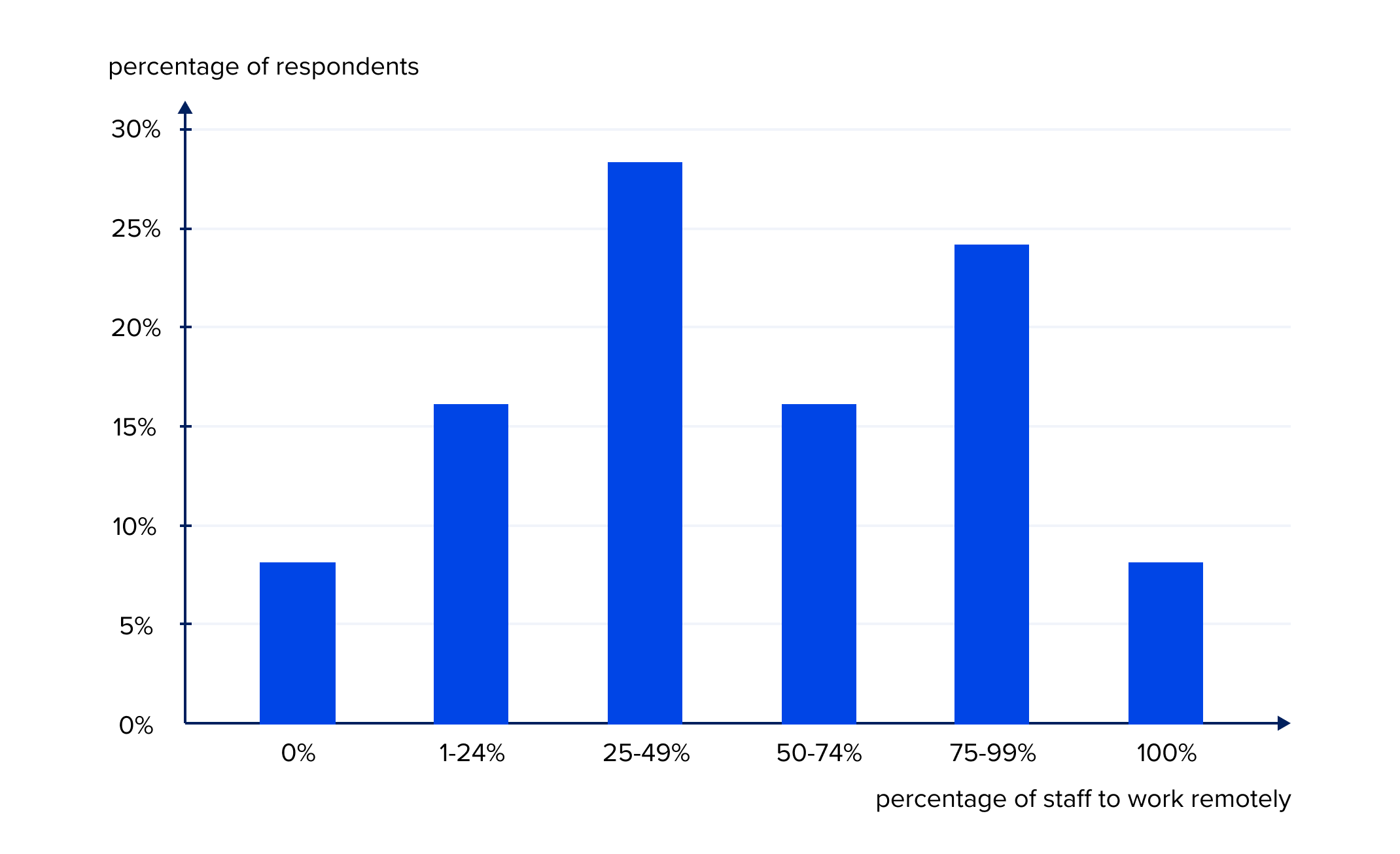
CNBC Technology Executive Council survey, June 2020.
Instead, companies are doubling their efforts to ensure a relatively painless transition back to the office—doing their due diligence in finding ways of operating under social distancing restrictions. This might involve simply limiting the number of staff in the office at any given time, splitting shifts or on-the-spot staff training for new processes. But all these solutions pose problems for an enterprise’s workflow and productivity. The solution lies within the smart application of technologies in the workplace.
So now, numerous sectors including healthcare, logistics, warehousing and retail etc, have turned to automation and other innovative tech solutions to enable business continuity, to minimise human contact, and to facilitate outbreak detection and control.
Here are the three most pressing use cases for technologies in the workplace, as the world slowly returns to work:
1. Contactless temperature screening
A fever is one of the most common symptoms of coronavirus. Thus, many employers have begun to equip office premises with connected thermometers and heat detection systems, which can quickly identify an elevated body temperature before a person enters the building.
It should be said, however, that while this eliminates the need for manual tracking, the introduction of screening technologies has raised concerns over privacy. As such, employers are turning to non-intrusive contactless methods like thermographic screening.
This option uses connected cameras powered by infrared technology to detect individuals with a high body temperature and sends an instant alert as soon as a high reading is identified. Moreover, this kind of workplace technology doesn’t require any additional IT preconditions—enabling relatively simple standalone installation.
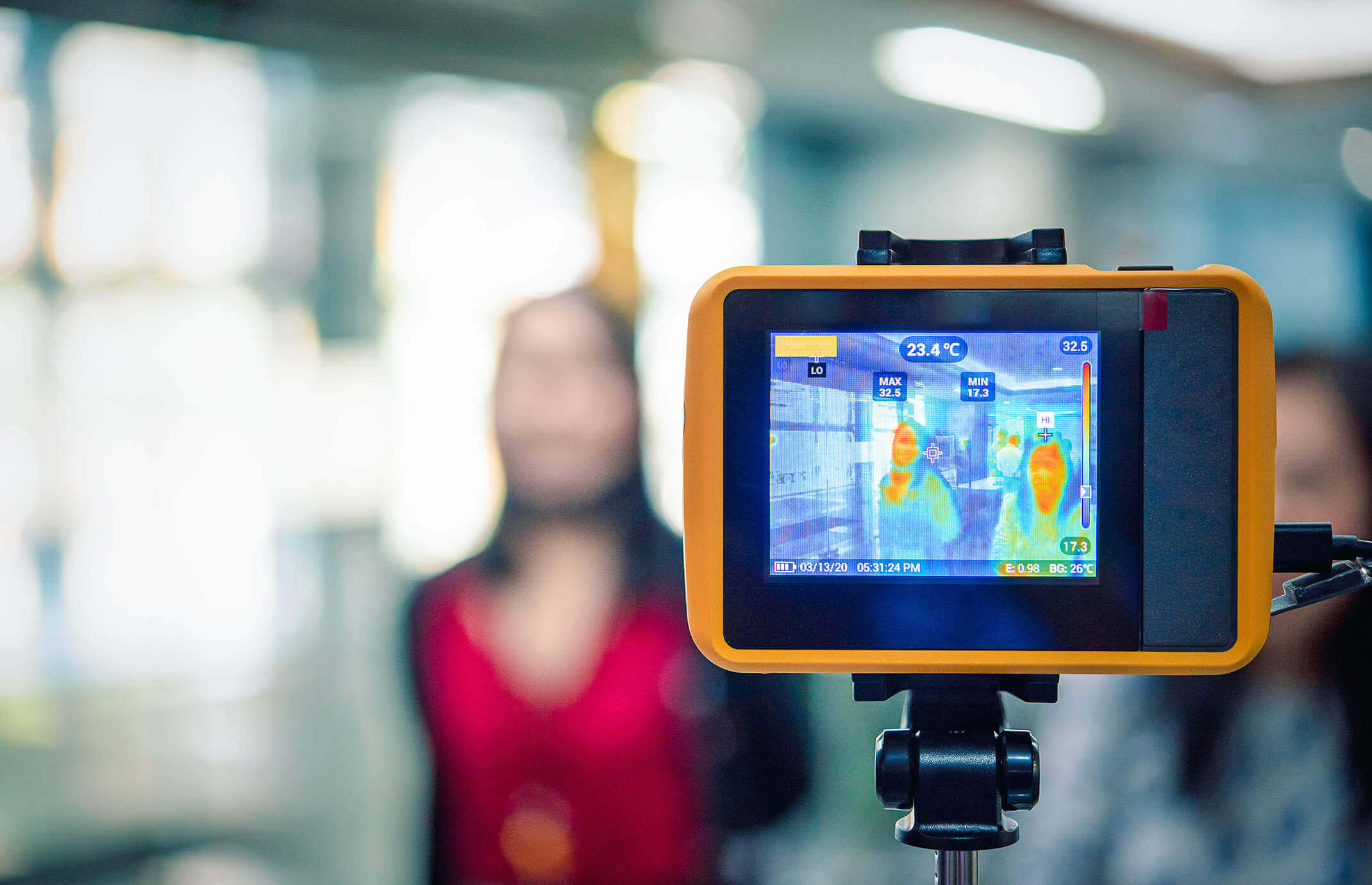
Vodafone, one of Britain’s big telecommunications companies, has announced that it will deploy heat detection cameras in its office reception areas, in a bid to control the spread of the virus as its employees return. The camera can check around 100 people per minute and, when combined with IoT technology, is able to send secure real-time data to a laptop or mobile device.
2. IoT sensors, AI and ML for interactions tracking
Developing situational awareness in the workplace with the help of technology can enable an employer to minimise the risk of staff becoming exposed to the virus, by tracking interactions and identifying possible transmission paths. This kind of internal office track and trace system is made possible by combining technologies like IoT sensors, wireless connectivity, AI solutions and machine learning, etc.
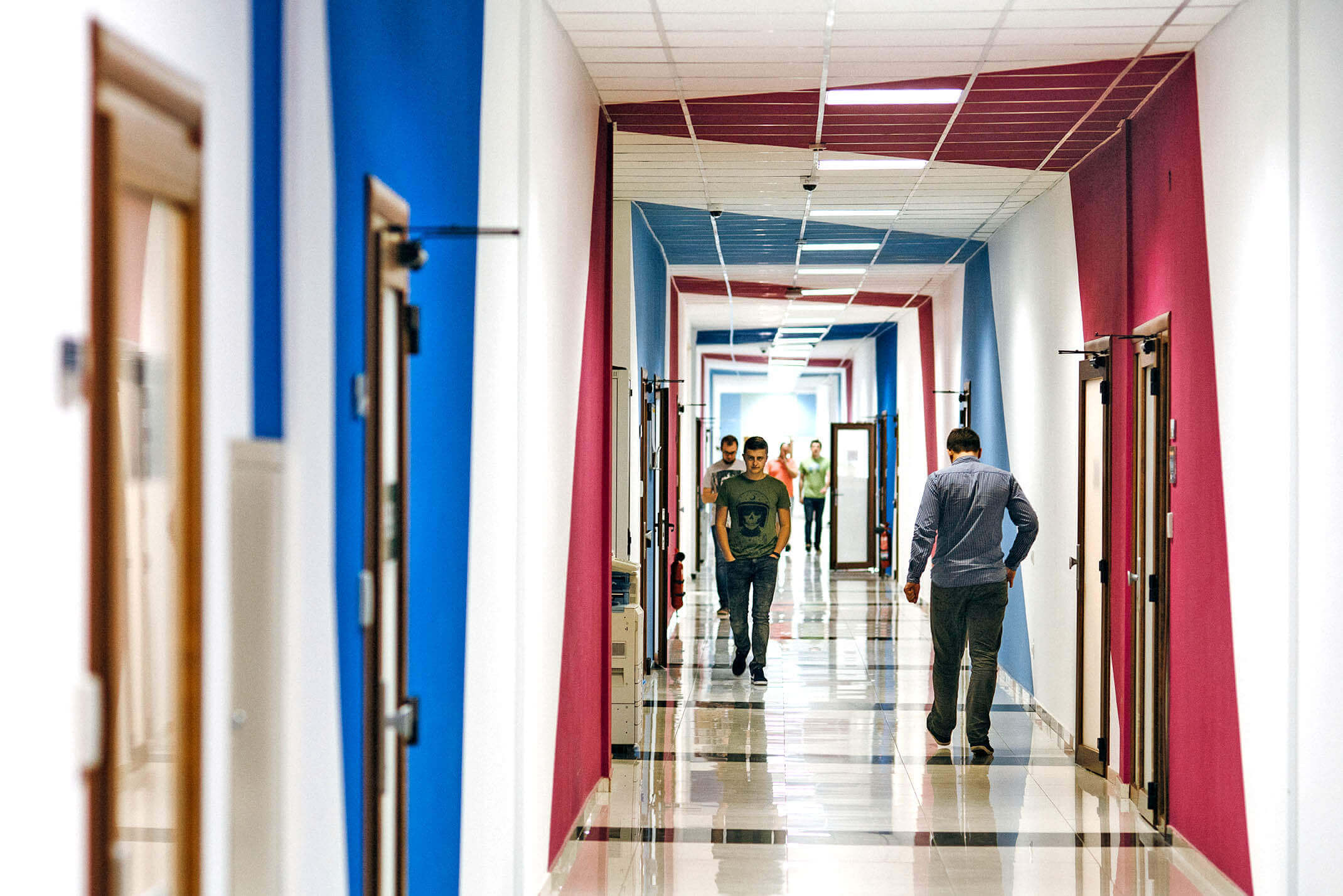
Some employers have started using wearable devices, which vibrate when one person is too close to another. UK robotics firm Tharsus has also developed a smart necklace, which sends alerts to the wearer—warning them of their proximity to colleagues. And Ford has introduced watch-like monitoring devices which prevent people from getting too close to one another.
Then there are other companies who are looking to contactless monitoring solutions. For instance, Landing AI created a surveillance tool powered by machine learning, which checks the distance between people to ensure it’s safe. However, the company is still working out the finer points in terms of how to send notifications when somebody breaks social distancing rules. One possible solution being trialled is sound alerts. Amazon has started using its own version of contactless monitoring, called “Distance Assistant”. A TV screen and AI-enabled camera display green circles around employees who maintain a safe distance, and circles those who don’t in red.
3. Robotics and automation technologies in the workplace
The pandemic has accelerated the adoption of advanced automation within many workplaces. Automation not only prevents the rapid spread of the virus but enables business operations to carry on as normal. Here are some of the automated solutions which have been brought forward during COVID-19:
Robots in the workplace
According to Brain Corp, a technology provider for the robotics industry, the number of customers employing robots has increased by nearly 13% in comparison to the months just before the pandemic struck. Robots can be used in workplace environments for:
- Sanitation and disinfection. Milagrow Humantech developed a disinfection robot, which leverages LiDAR (light detection and ranging) and SLAM (simultaneous localisation and mapping) technologies to navigate the building and sanitise floors with no human intervention.
- Ensuring social distancing. Tally, the autonomous robot created by Simbe Robotics, uses computer vision and machine learning to scan shelves and monitor inventory. McDonald’s has also been testing robots to optimise the cooking process and speed up service—both of which can allow fewer human staff to be present in a space at any given time.
- Assisting workers. Collaborative robots, or “cobots”, are designed to help humans in their everyday tasks. For instance, they can lift and shift products. Through human-robot collaboration, social distancing is easily maintained, efficiency is optimised and the physical burden on employees is reduced.

Autonomous vehicles
Self-driving vehicles help mitigate the risk of drivers being infected with COVID while delivering goods. In Jacksonville, Florida, for example, driverless vehicles have been used to transport medical supplies and COVID-19 tests. The autonomous vehicles can be monitored by the operator from a command centre, with COVID-19 tests securely placed in containers by healthcare professionals.
In China, Unity Drive Innovation has been using autonomous vans to deliver fresh fruits and vegetables. LiDAR, cameras, and deep-learning algorithms power the self-driving vehicles, enabling them to safely navigate the environment and minimise human interactions.
Summary
In a post-pandemic world—whatever it may look like—technologies in the workplace have the ability to transform our working environments and shield business operations from disruption. IoT solutions, AI, machine learning and wireless networking are among the many innovations that improve safety within the workplace and ensure that firms can survive the crisis.
We’re experts in integrating innovative tech within new and existing IT ecosystems, and we’re industry leaders when it comes to developing technological solutions that boost our clients’ business operations. Get in touch today to begin your digital transformation journey and safeguard your business through COVID-19 and beyond.
Related Insights
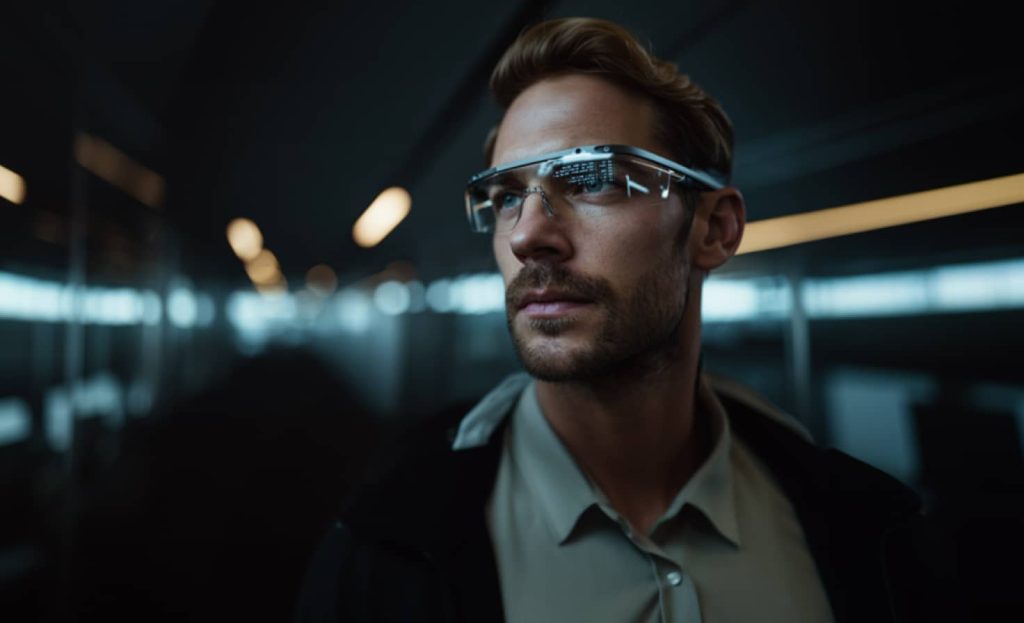


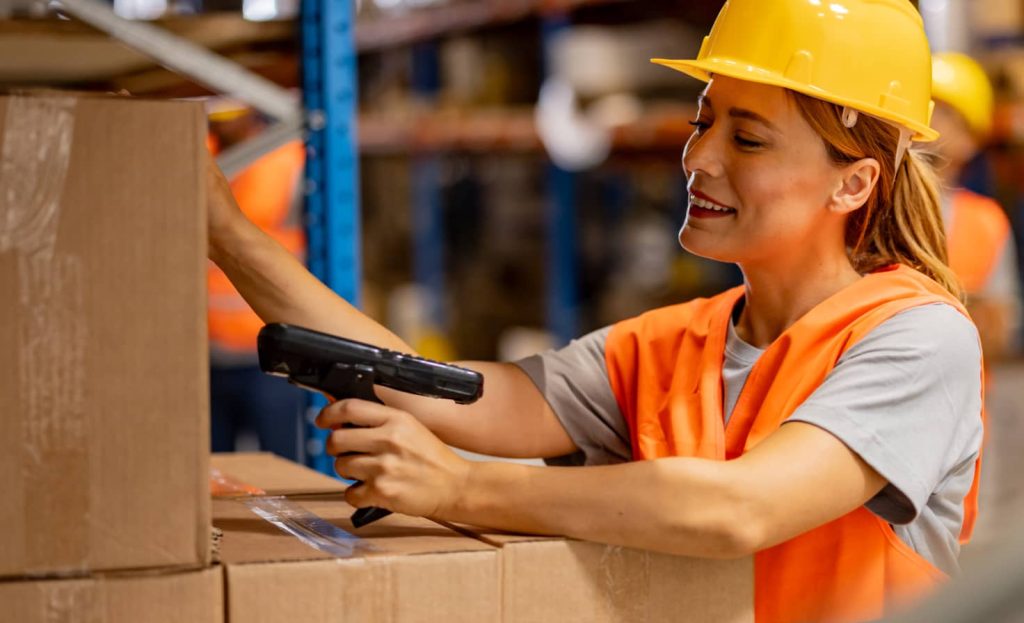
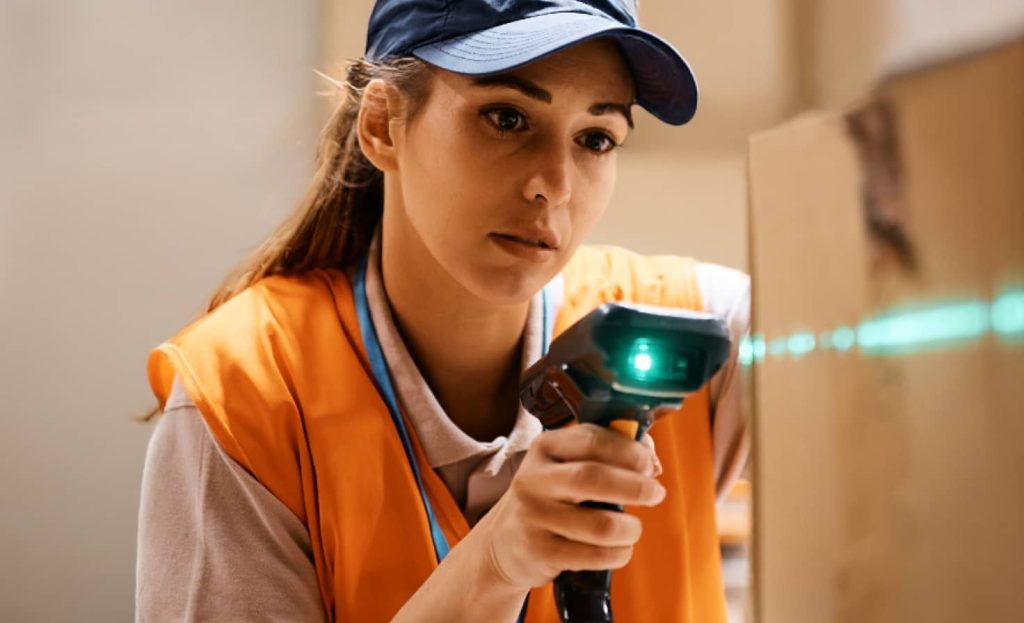



The breadth of knowledge and understanding that ELEKS has within its walls allows us to leverage that expertise to make superior deliverables for our customers. When you work with ELEKS, you are working with the top 1% of the aptitude and engineering excellence of the whole country.

Right from the start, we really liked ELEKS’ commitment and engagement. They came to us with their best people to try to understand our context, our business idea, and developed the first prototype with us. They were very professional and very customer oriented. I think, without ELEKS it probably would not have been possible to have such a successful product in such a short period of time.

ELEKS has been involved in the development of a number of our consumer-facing websites and mobile applications that allow our customers to easily track their shipments, get the information they need as well as stay in touch with us. We’ve appreciated the level of ELEKS’ expertise, responsiveness and attention to details.

